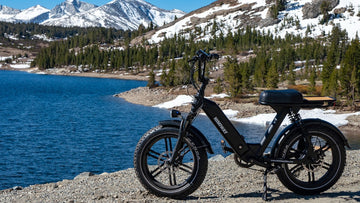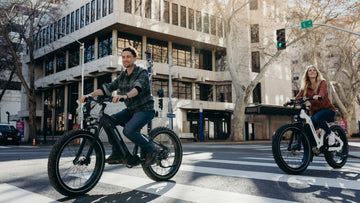Electric bikes are classified into three classes, Class 1, Class 2, and Class 3, based on their functionality. This classification allows the state regulatory system to devise safety laws for different electric mopeds. These regulations also control the maximum speeds and prescribe limits for motor power for each class. Manufacturers and retailers have also started to use the three-class electrical bike system to differentiate between different types of e-bikes and the capabilities that each one has.
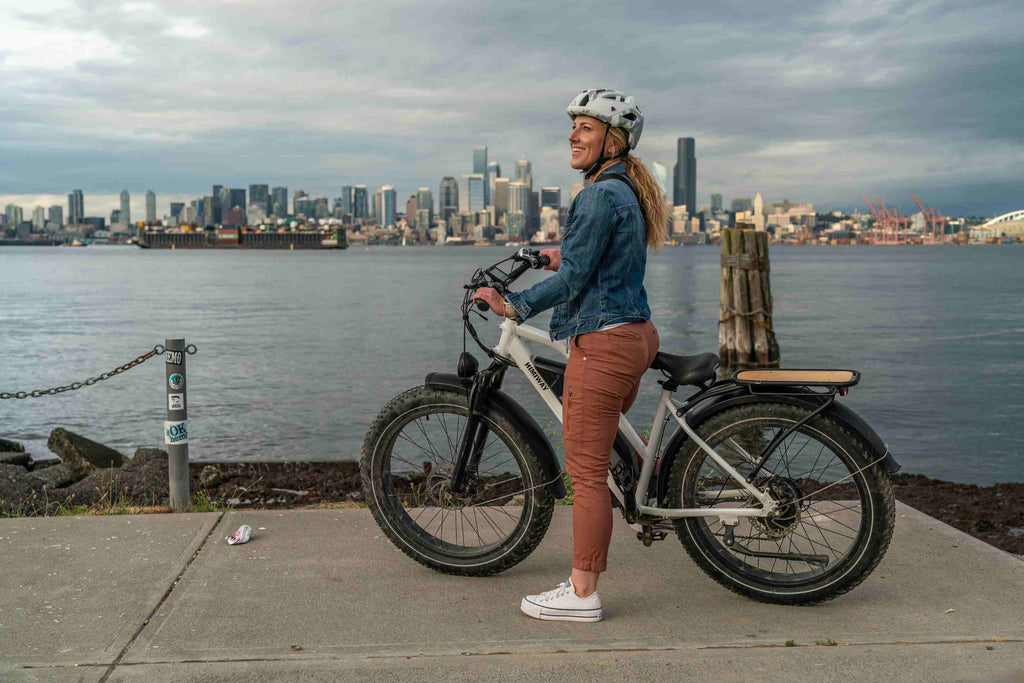
What Are the 3 Different E-bike Classes?
E-bikes are classified into Class 1, Class 2, and Class 3 electric bikes. Almost all e-bike manufacturers classify their e-bikes into these three categories. Still, the interpretations of these classes might differ slightly across retailers' websites. Therefore, it is always a good idea to visit the manufacturers' websites and read the e-bike specifications in detail.
Class 1 Electric Bikes
In this class, the electric moped provides pedal assistance only. This means that the rider must pedal to engage the motor. The speed of a Class 1 e-bike can go up to 20mph. These electric bikes are also known as analogue bikes. Due to their normal speed range, they are allowed on bike lanes and bike paths.
Class 2 Electric Bikes
Besides pedal assistance, Class 2 electrical bikes can also be powered through the throttle. The riders can simply engage the throttle for pedal-free cruising. The motor of the Class 2 electrical bike can propel it up to the speed of 20mph. The e-bike belonging to this class can also be used on electric bicycle lanes along with other traditional and non-assisted bikes.
Class 3 Electric Bikes
Like Class 1, the Class 3 electrical bike provides pedal assistance only. The motor assists the e-bike all the way up to 28 mph. Any additional speed is gained through the rider's own efforts or downhill riding. Higher speeds require upgrading the critical parts of the e-bikes to ensure maximum safety. These parts include the bike frame, brakes, battery, and suspension system.
Considering their higher speed, these electric moped bikes are required to have a speedometer. The legality of riding a Class 3 electrical bike depends on the location in which you reside. In the UK, the maximum speed to ride an e-bike is 15.5mph. Therefore, it is imperative to consider your local law before purchasing an electrical bike belonging to Class 3.
Why Are There Different E-bike Classes?
Classifying the electric bicycle into different categories allows the state regulatory system to devise safety laws according to their functionality. The two determining factors of the different electric bike classes are top speed and acceleration methods. The fat tire electric bike motor may be engaged through pedalling, throttling or a combination of both.
What Class Are Himiway E-bikes?
Himiway offers various types of electric bikes, including moped-style e-bikes, long-range e-bikes, electric cargo bikes, and all terrain electric bikes. Himiway engineers Class 2 e-bikes for all lifestyles. It aims to provide the best outdoor cycling experience for riders worldwide. The electric bicycles are designed to ensure a safe, reliable, and enjoyable ride across all types of terrains. Himiway electric moped bikes are designed considering all the federal and local laws. To ride a Class 2 electric bicycle, you won’t need a licence or any insurance generally.
The biggest benefit of a Class 2 electrical bike is the presence of a throttle and pedal assistance. It is helpful if you ride on a long route and need a break from constant pedalling. Many bikers have to put in the extra struggle when they have to accelerate the bike after stopping at a traffic light. The throttle allows you to gain an extra push and speed up. It also supports carrying heavy cargo up steep hills on the electric mountain bike.
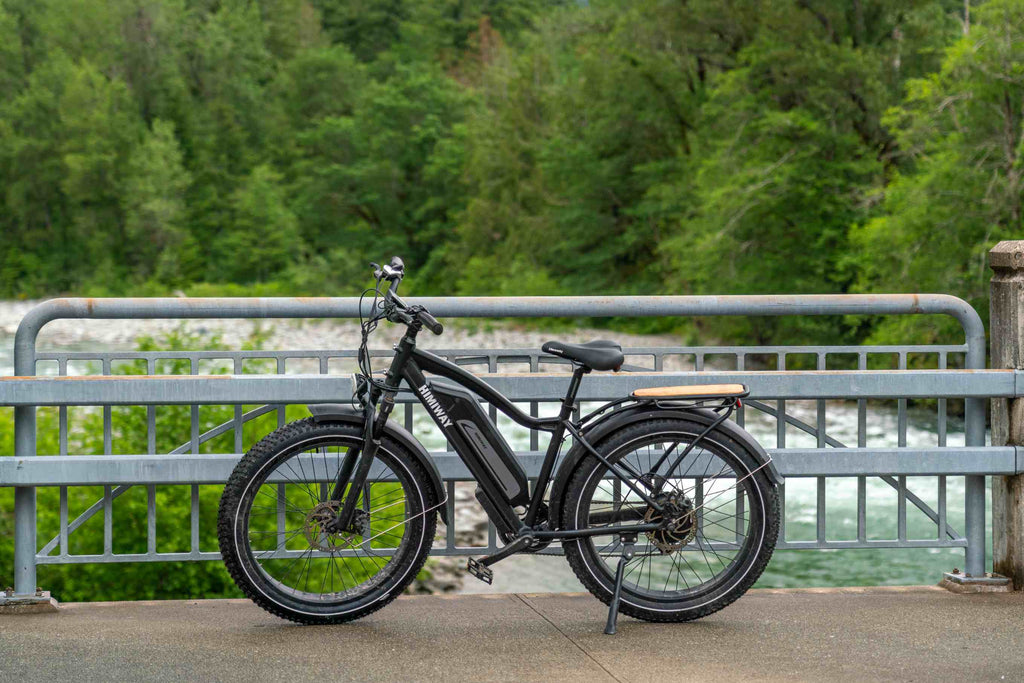
E-bike or Electric Motorcycle?
Electric bikes and electric motorcycles are very different from each other. Even though both are versatile, have electric motors, and run on batteries, there are still some differences. Electric bikes have smaller and thinner frames. They are light in weight and can be used on electric mountain bike infrastructure.
Furthermore, they can be disassembled and stored inside the home. On the other hand, electric motorcycles are plug-in electric vehicles with two or three wheels. They are not allowed on bike paths and require a licence, registration, and insurance. The biggest difference in the structure of both vehicles is the existence of pedals. While the e-bike has pedals, the motorcycle doesn’t have them.
Moreover, it’s also more technologically advanced than a traditional bike. You can find out here if you are interested in knowing difference between an electric bike and a regular bike.
The UK's E-Bike Road Regulations
With more people adopting electric bikes as their means of transportation, several nation-states worldwide have devised laws and regulations pertaining to e-bikes. Under UK laws, electric bikes are called ‘electrically assisted pedal cycles’ (EAPCs). The law requires that the maximum power output that the motor should give must be 250 watts. The electrical assistance must immediately be cut off when the speed reaches 15.5mph / 25kmph. You can only ride an electric mountain bike if you’re 14 or over. You neither require any insurance nor a license to use electric bicycles on the roads in the UK. Any EAPCs that comply with the above requirements cannot be considered motor vehicles under the “Road Traffic Act 1988’.
Vehicles that do not comply with the GB EAPC classification will be considered motor vehicles. Thus, you are required to get them registered, insured and taxed (Vehicle Excise Duty). When riding an electric mountain bike, you should make sure to check your local laws. You should ensure you’re following the speed limits and safety regulations. You must look out for any restricted areas when riding an e-bike. Riding above the speed limit can go against traffic laws and regulations.
Himiway Cruiser Specifications
Himiway Cruiser is a perfect all terrain electric bike. It can provide a smooth and easy riding experience regardless of the harsh terrain, making it the best electric bike. This electric fat tire mountain bike is preferred by both professionals and new learners. Let’s discover the specifications of the Himiway Cruiser, a long range electric bicycle:
Range: 50-100 kmBattery: 48V 17.5Ah Samsung/LG Battery
Power:250W Geared Hub Motor (continuous)
Weight Capacity: 160 kg Payload Capacity
Brakes: 180mm Mechanical Disc Brakes
Display: LCD display with USB charging
Fat tire e bike weight: 33 kg
Keep a Safe Riding!
Himiway long range e bikes are designed to provide you with comfort as well as a safe riding experience. To ensure maximum accessibility, all terrain electric bikes are designed to meet the needs of people of all age groups, to be honest, it is also a perfect electric commuter choice for senior customers. The parts installed in the Himiway e-bikes are of the highest quality. For instance, the frame of the Himiway Zebra all terrain electric bike is made of high-quality 6061 aluminium.
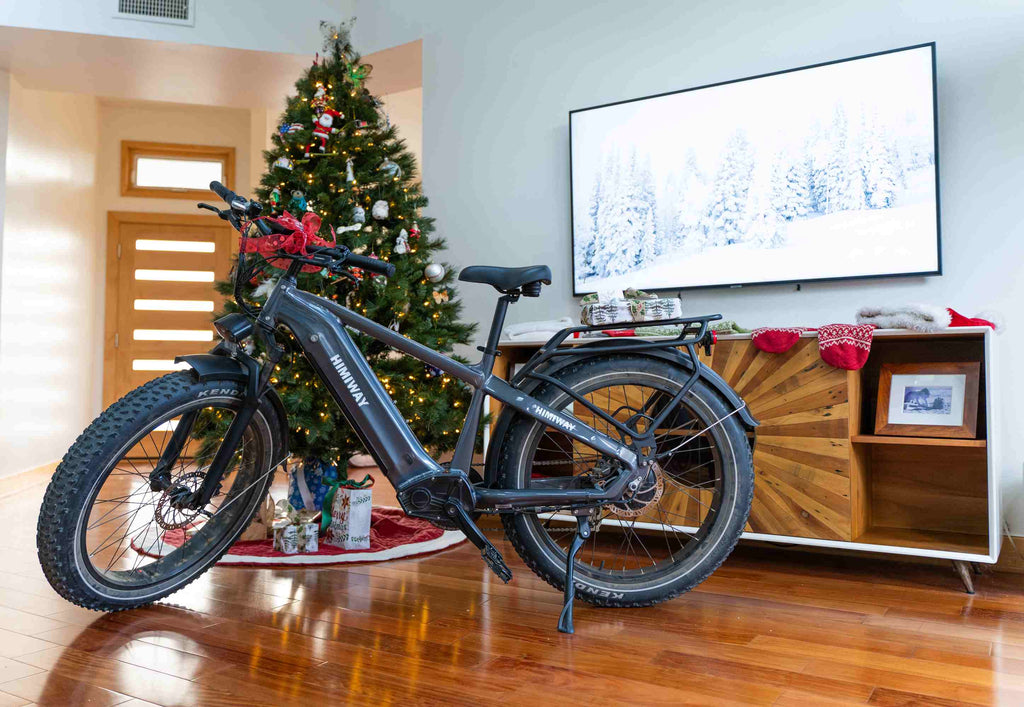
Since the Himiway Cruiser is a Class 2 electric bicycle, it comes with a throttle. For improved security, it comes with the Half Twist Throttle to prevent accidental activation of the throttle. You will get an adjustable handlebar in Himiway Cruiser that allows you to set your desired position.
Summary
Thanks to the different types of electric bicycles available, various possibilities have opened up for people who never thought they would ride an electric mountain bike. Himiway offers that full lineup of e-bikes that are suitable for professionals, seniors, and even new learners.
The classification of electrical bikes can help you identify the functionalities and the top speeds. To make it easier for lawmakers to govern the laws related to e-bikes, they have been classified into three classes. To purchase your favourite Class 2 Himiway long range ebike now.

























